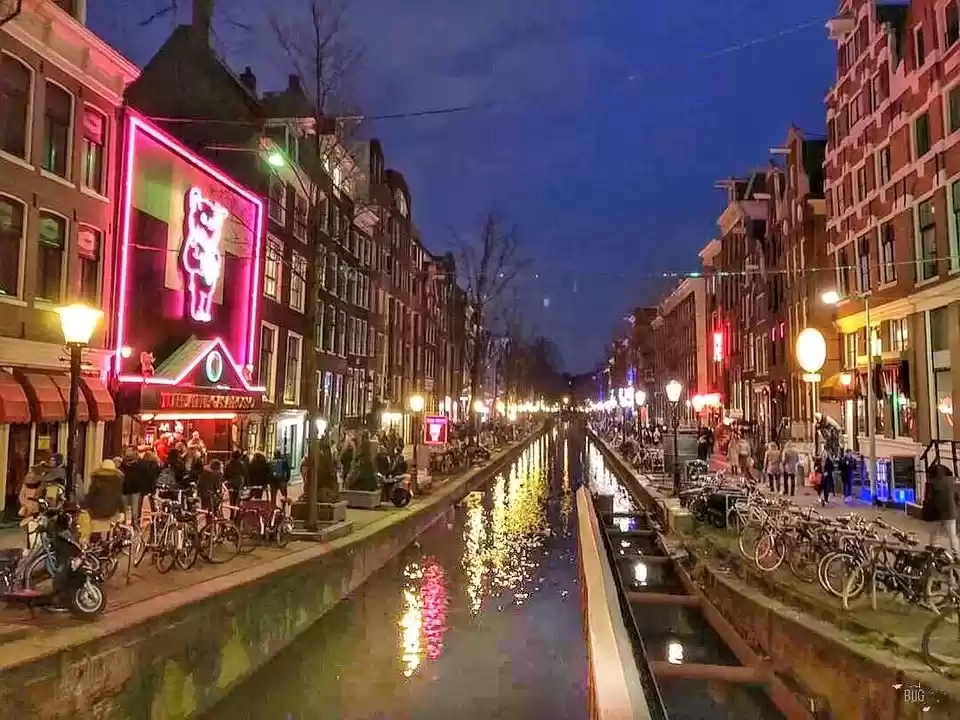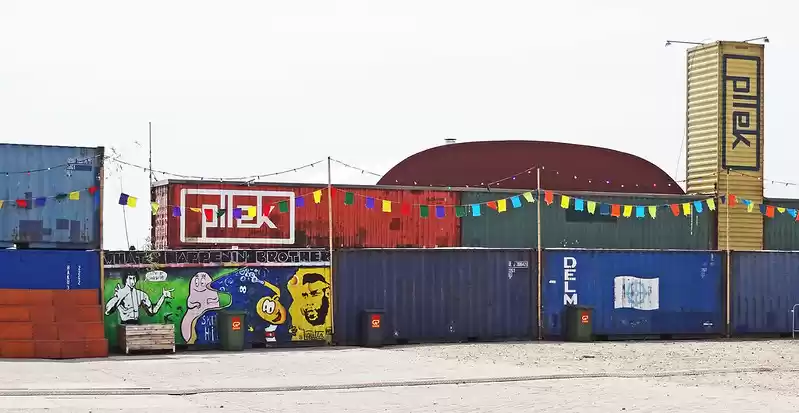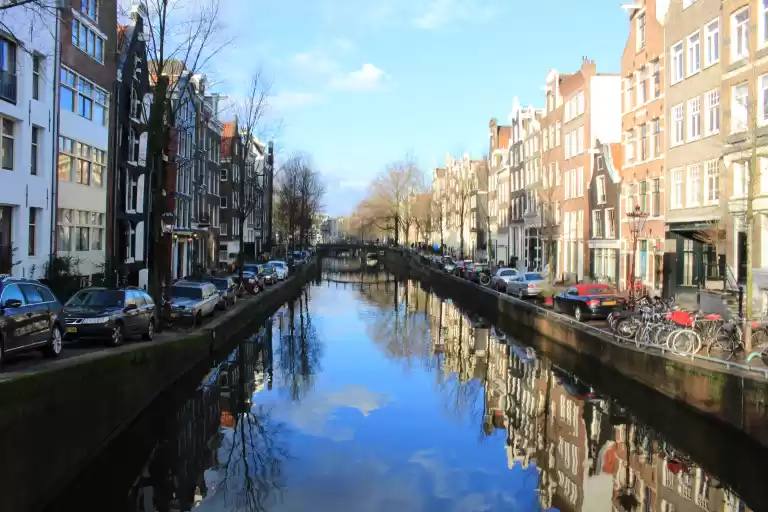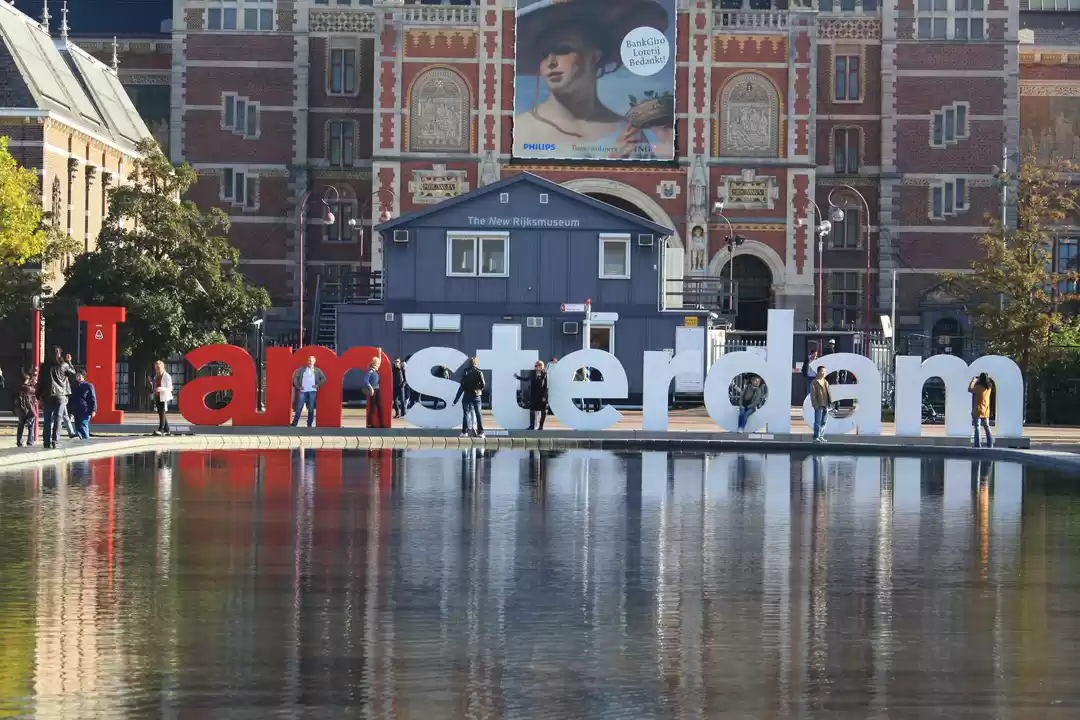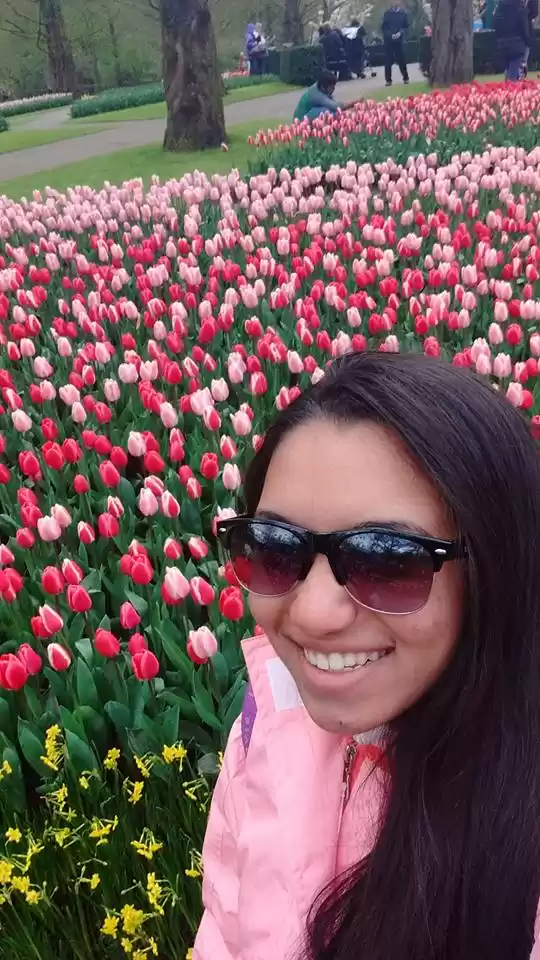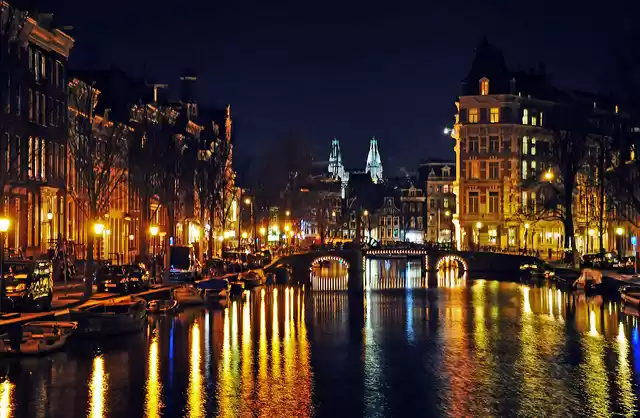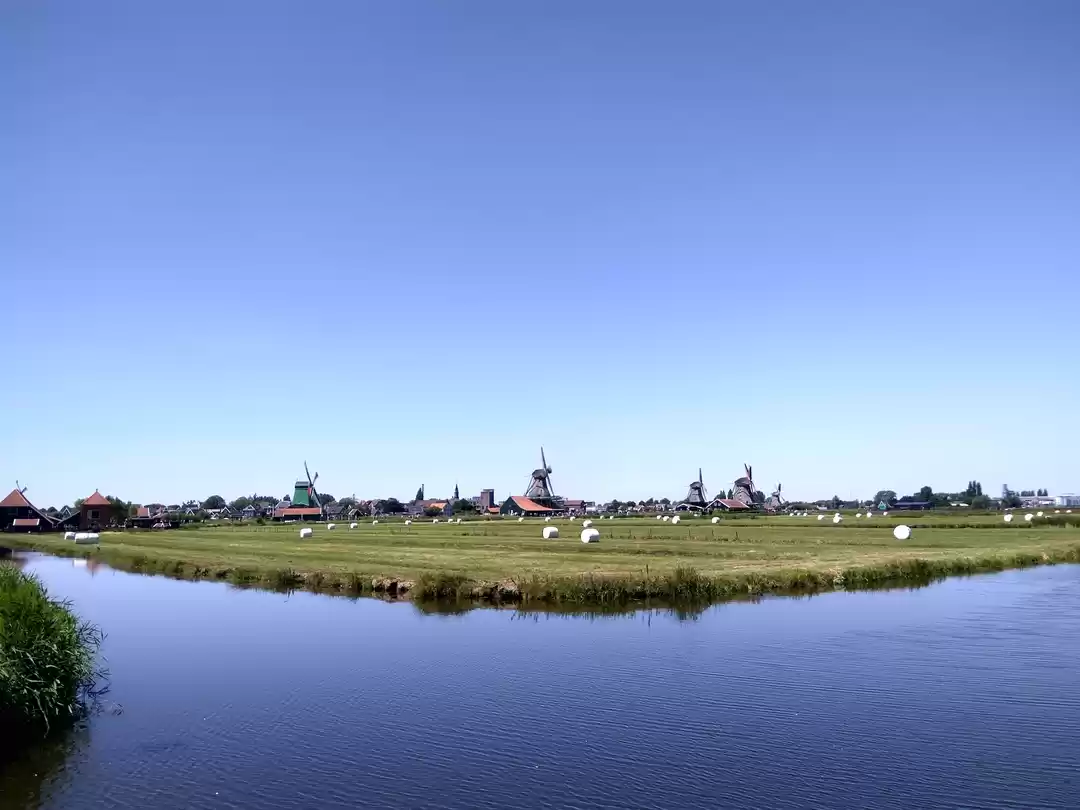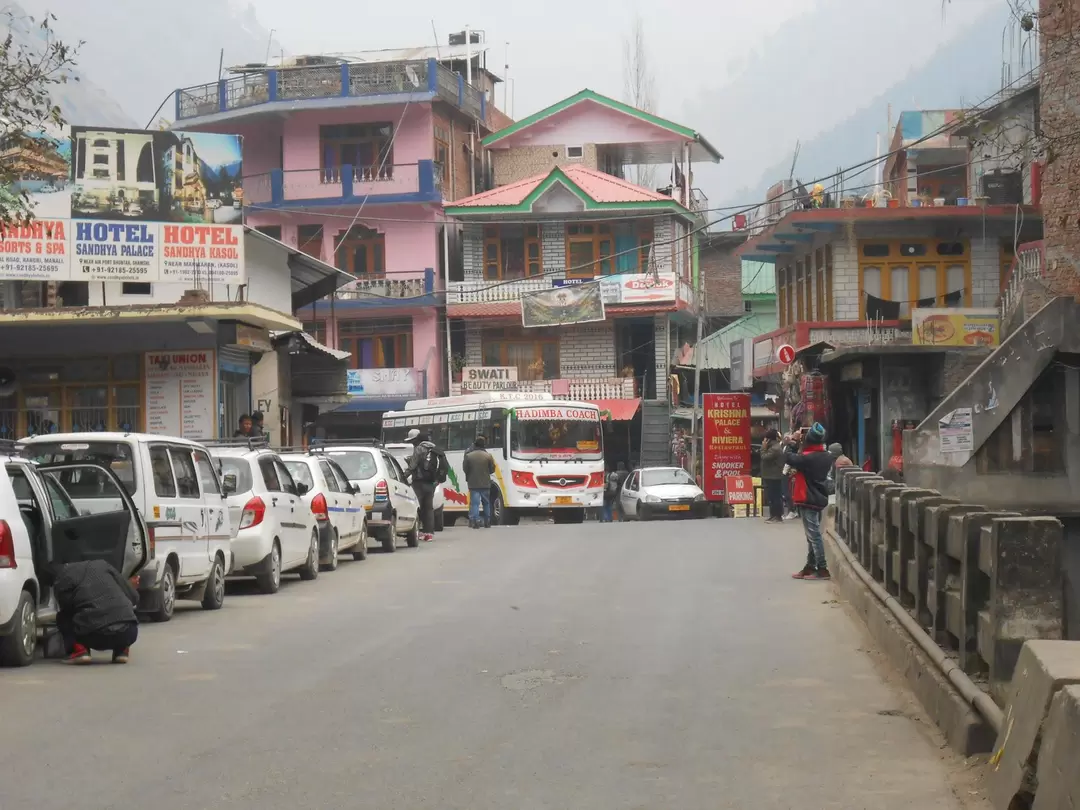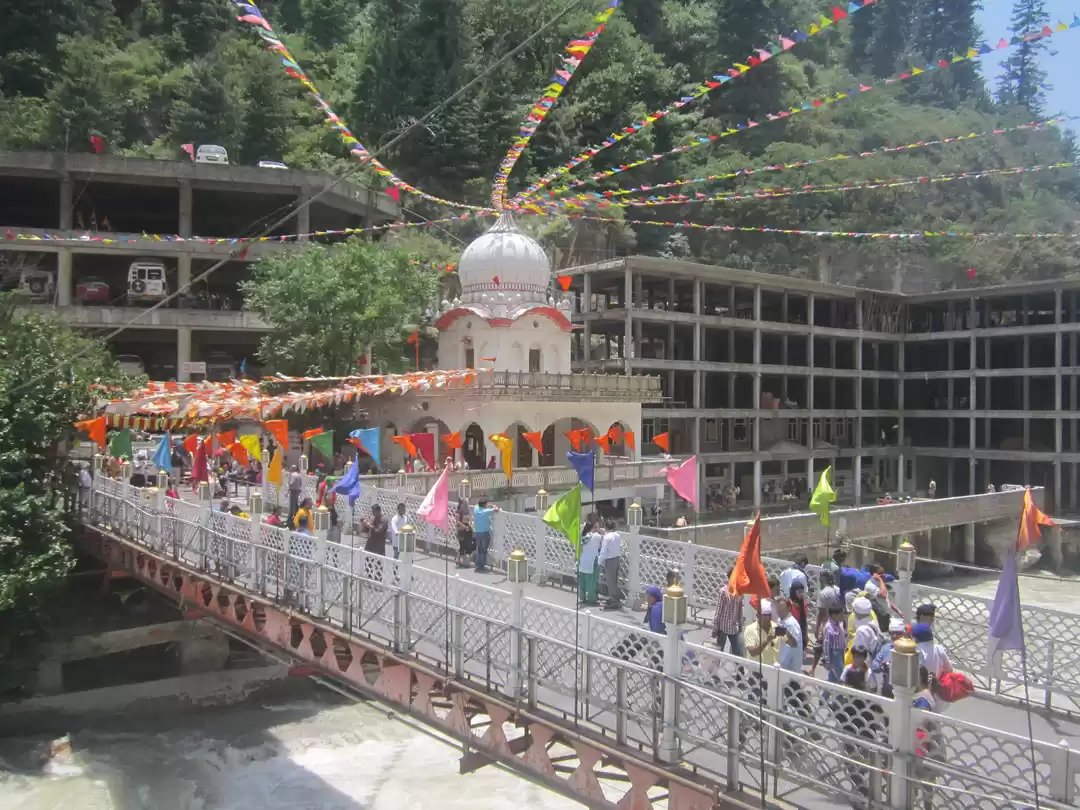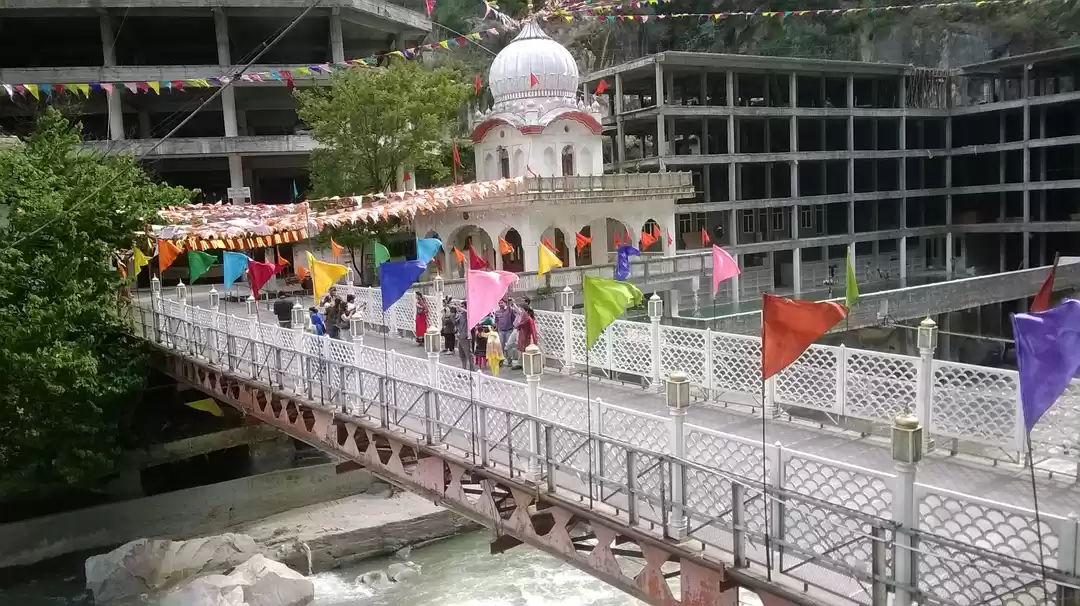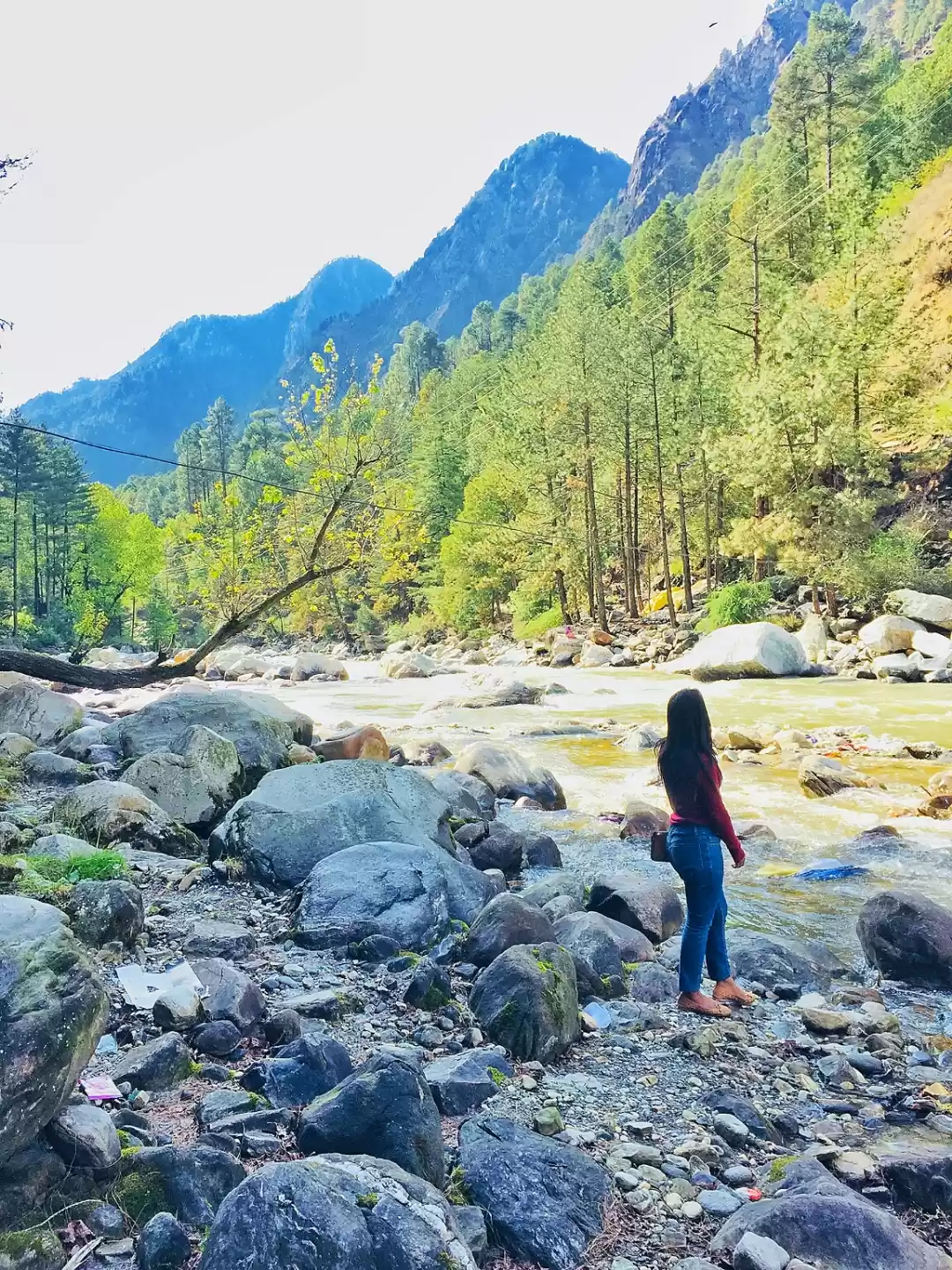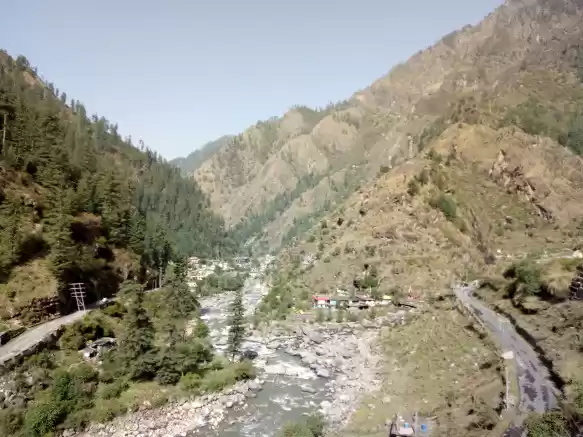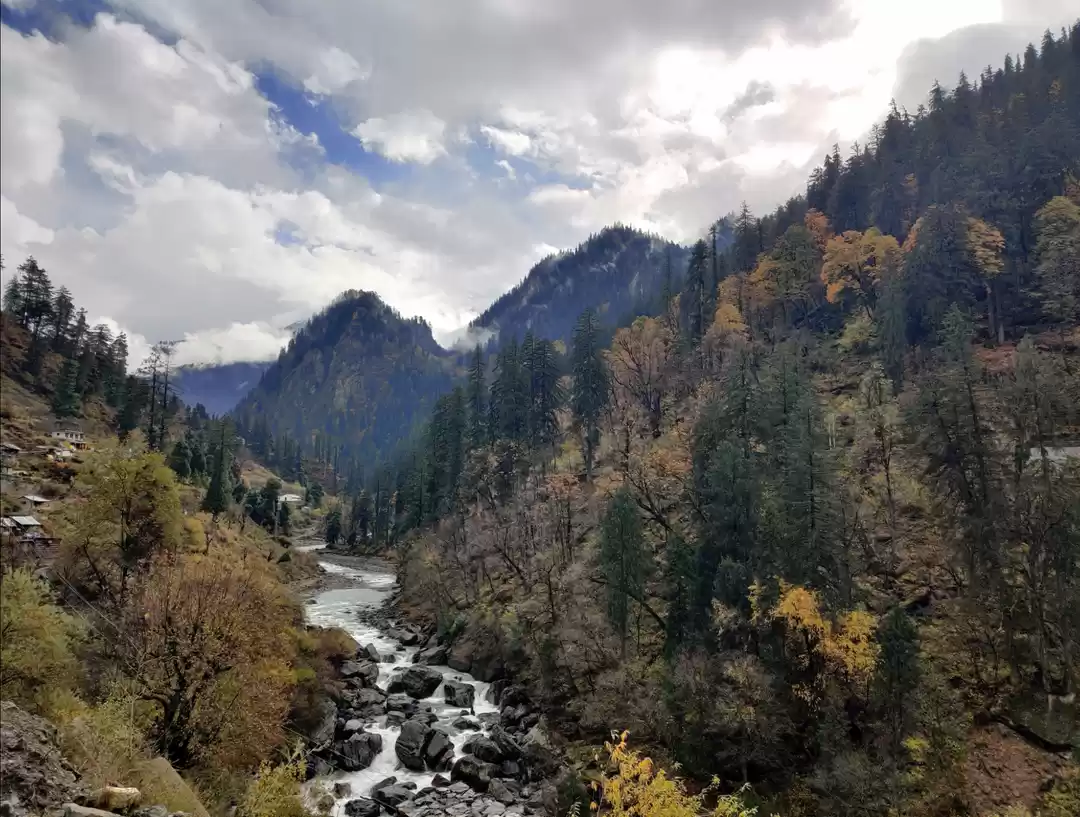Himachal Pradesh is the favoured holiday destination of youngsters, and Parvati Vally is undoubtedly the hotbed of this recreational immigration.
Branded as India’s answer to Amsterdam, the valley has a well-deserved reputation for its wild and cultivated crops of charas (hashish), but do you know that apart from being the rave capital of India, Parvati Valley is ripe with myths and folklore of God's visiting and staying back. Let me throw light on some of the most interesting stories surrounding this mystical valley.

Why is it called “The Parvati Valley”?
It is believed that Shiva, the destroyer, meditated in the mystical Parvati Valley for about 3,000 years. He sat here in the form of a naked ash-smeared sanyasi or naga sadhu. Seasons would come and go, and one day he looked out at this untouched, perfectly sculpted landscape and named it after his consort, Parvati.

The story of Manikaran
During their (Shiva and Parvati's) stay in Parvati Valley, Goddess Parvati lost her mani (precious stone) in the waters of a stream. Upset over the loss, she asked Shiva to retrieve it. Shiva commanded his attendant to find the mani for Parvati.
However, when he failed, Shiv flew into a rage and opened his third eye, which wrecked havoc and anarchy in the universe. An appeal was made before the serpent god, Sheshnag, to pacify Lord Shiva. Sheshnag hissed thereby giving rise to a flow of boiling water. The water spread over the entire area resulting in the emergence of precious stones of the type Goddess Parvati had lost. The name Manikaran is derived from this legend.
The Story of Guru Nanak’s Visit to Manikaran
Sikh lores narrate that during the third Udasi, the founder of Sikhism, Guru Nanak, came to this place with his disciple Bhai Mardana. Mardana felt hungry, but they had no food. Guru Nanak sent Mardana to collect flour from the langar (the community kitchen). Mardana got the flour and rolled them into rotis, but there was no fire to cook it. That is when Guru Nanak asked Mardana to lift a stone and a hot spring appeared. As directed by Guru Nanak, Mardana put the rolled chapatis in the spring but to his despair, the chapatis sank.
Guru Nanak then told him to pray to God saying that if his chapatis float back then he would donate one chapati in his name. When he prayed, all the chapatis started floating duly baked. That is when Guru Nanak concluded that anyone who donates in the name of God, will get them back eventually.
The Story Behind Kheerganga
Eons ago, Kartikeya, the younger son of Shiv and Parvati, meditated here for a thousand years. Legends say that when he was here, Shiv and Parvati occasionally came to see him and Parvati used to make kheer for them (rice pudding) and hence the greyish colour of the Parvati River is because of this fact.
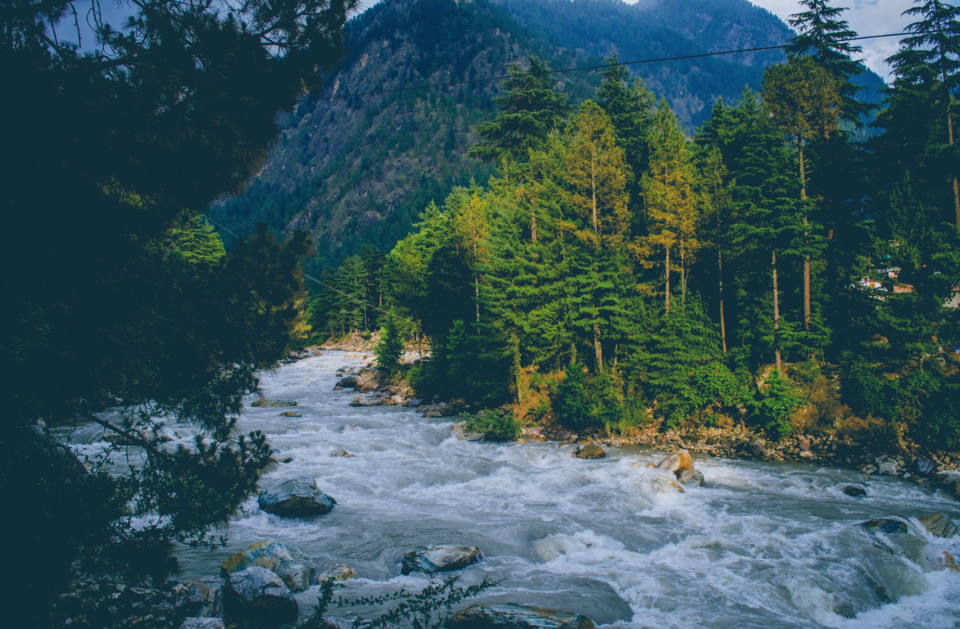
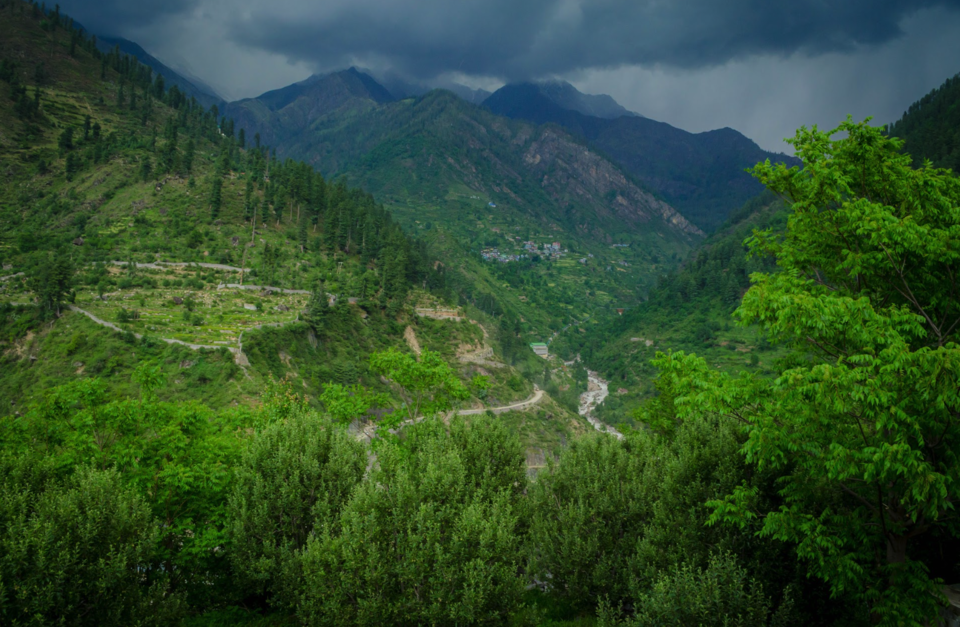
The Untold Story Of Malana
In popular belief, the villagers of Malana are supposed to be the descendants of some deported Greek soldiers of Alexander The Great, yet some traces of their existence are rooted deep in Hindu mythology. They believe in their Devta, Jamlu Rishi. It is said that the sage from the Puranas once inhabited the land and laid the foundation of democracy, which still works as a fully-functional parliamentary system.

The Parvati urges you to explore its mysteries, do you know any? Share it here.
All pictures have been taken by Akhil Verma
Frequent searches leading to this page:-
parvati valley himachal pradesh, parvati valley mystery, parvati valley history, kheerganga story, parvati valley









